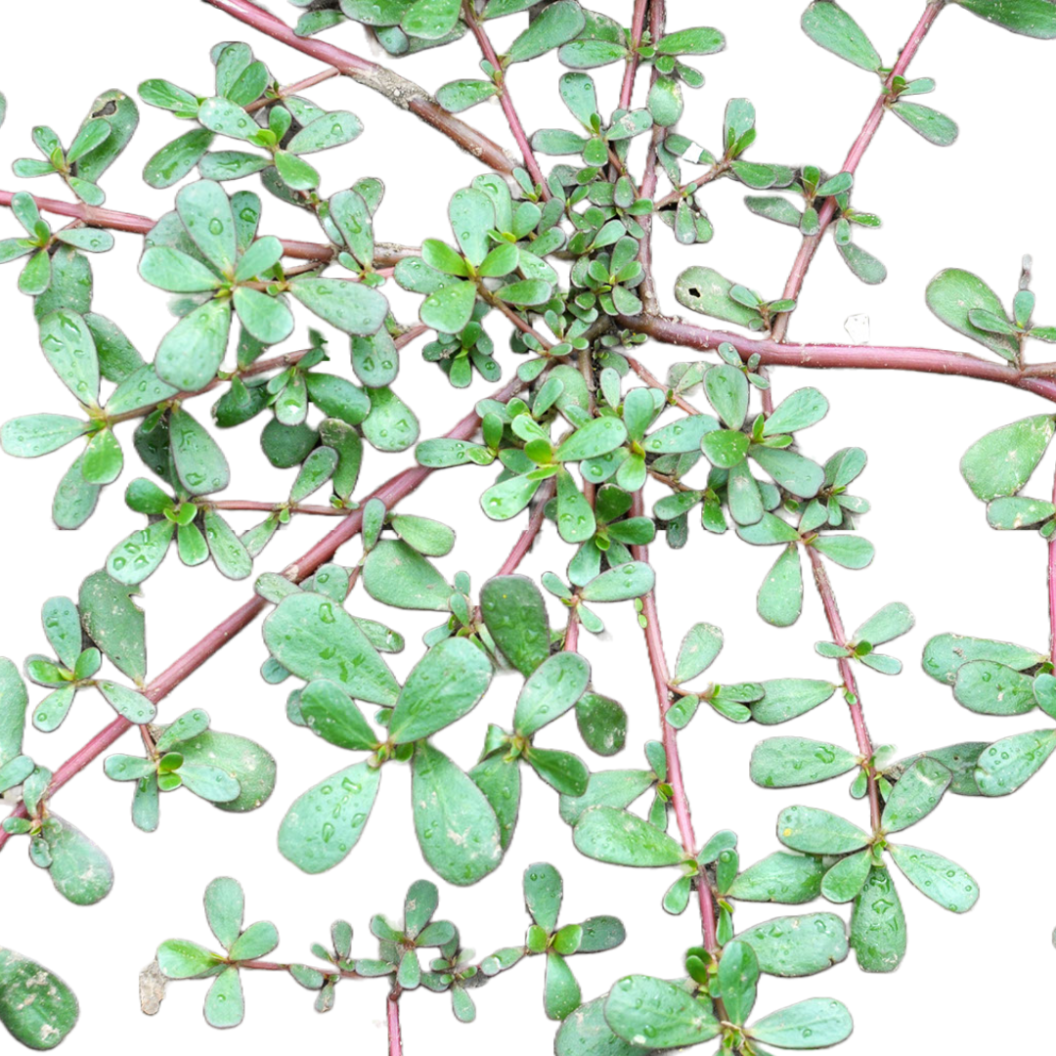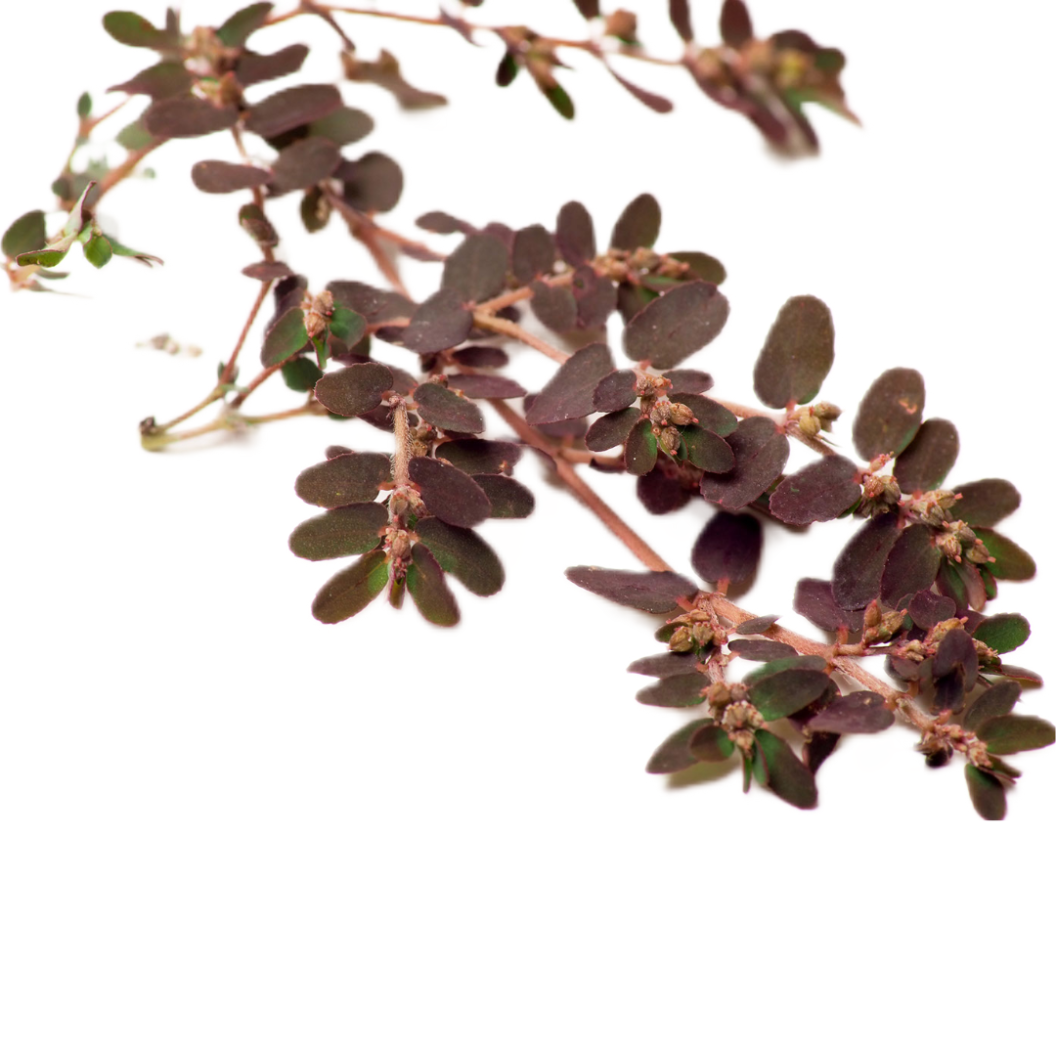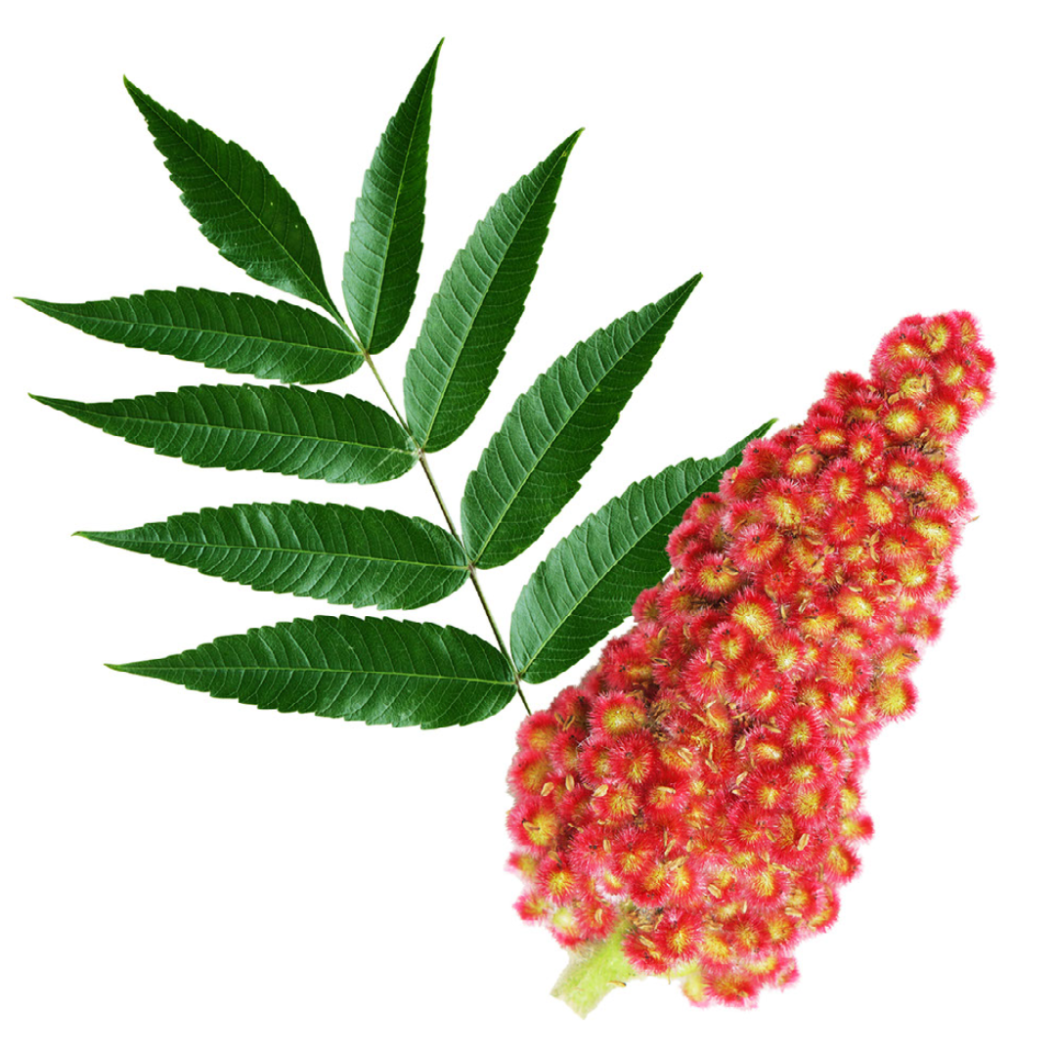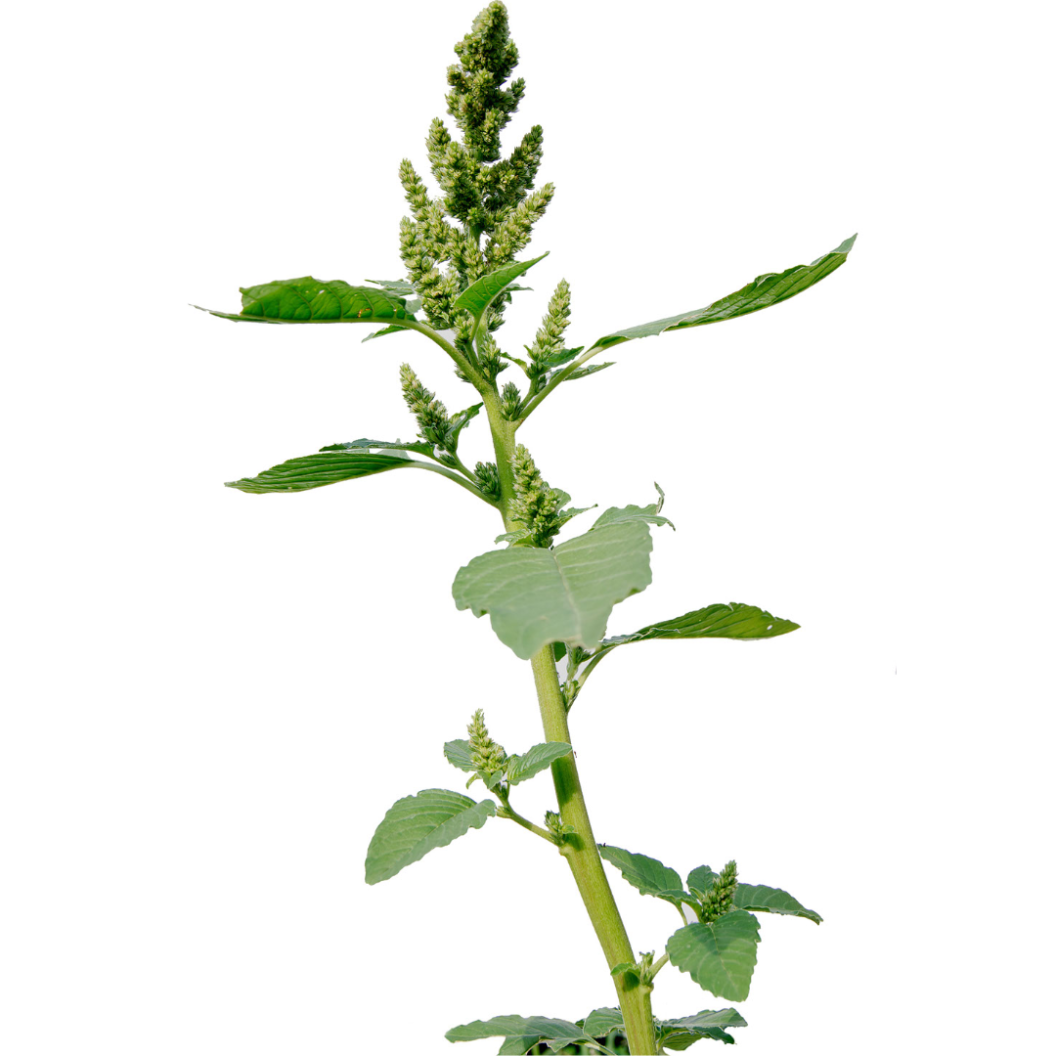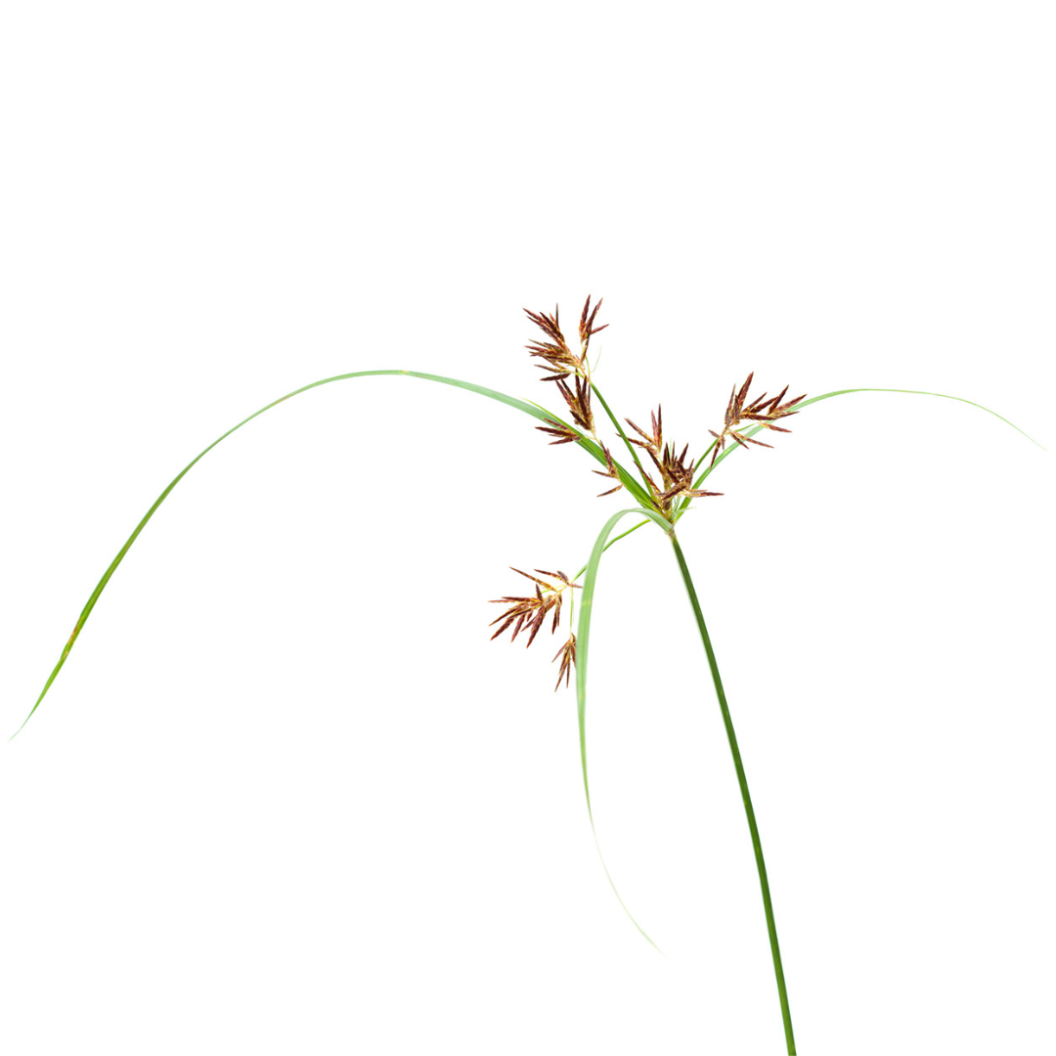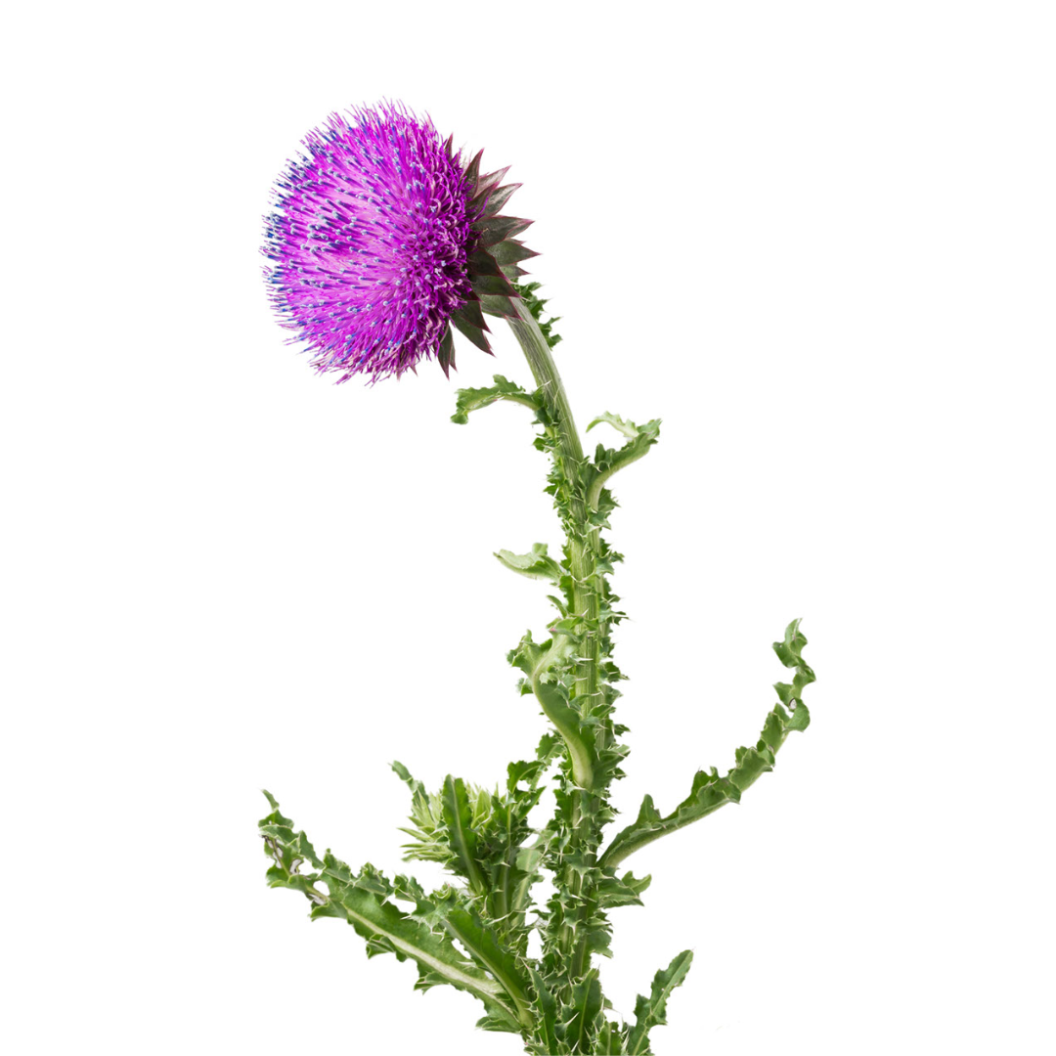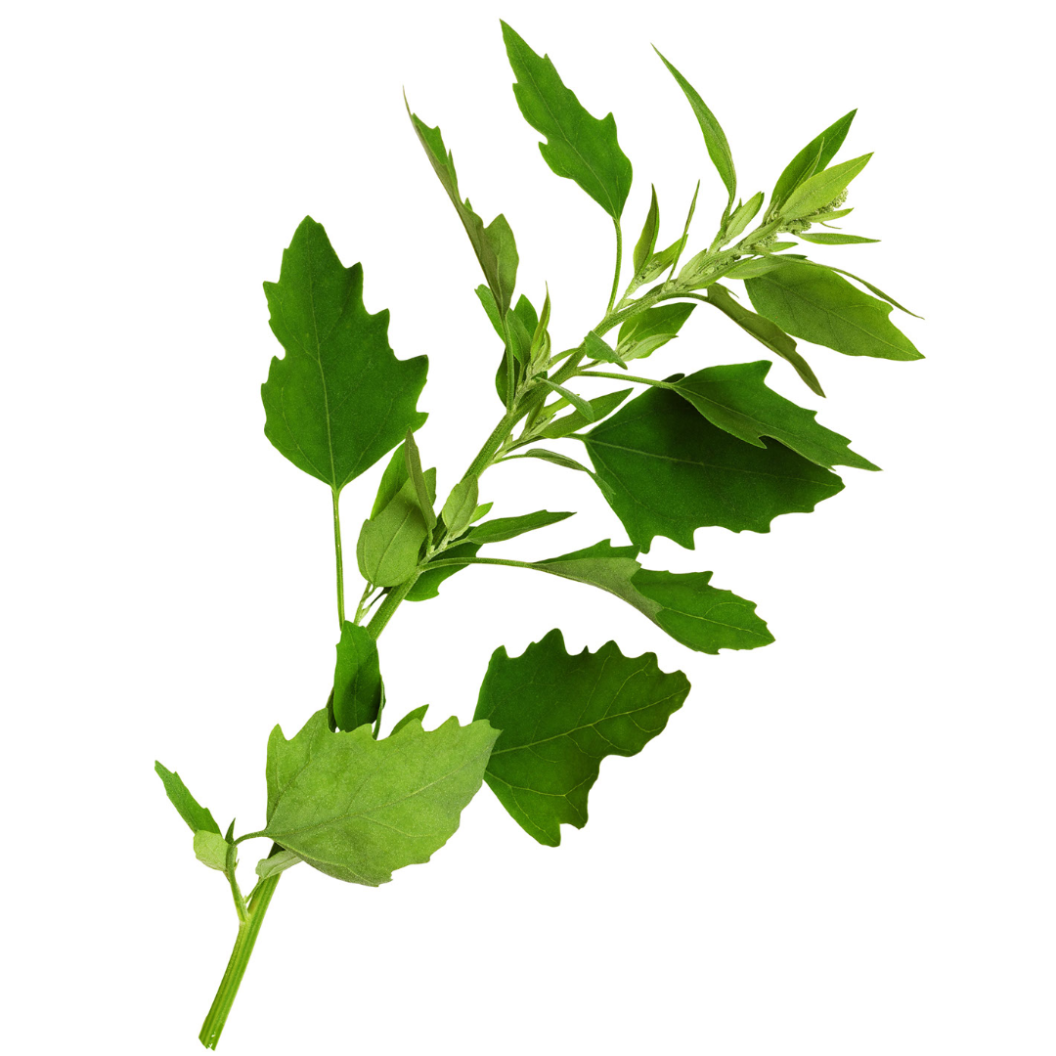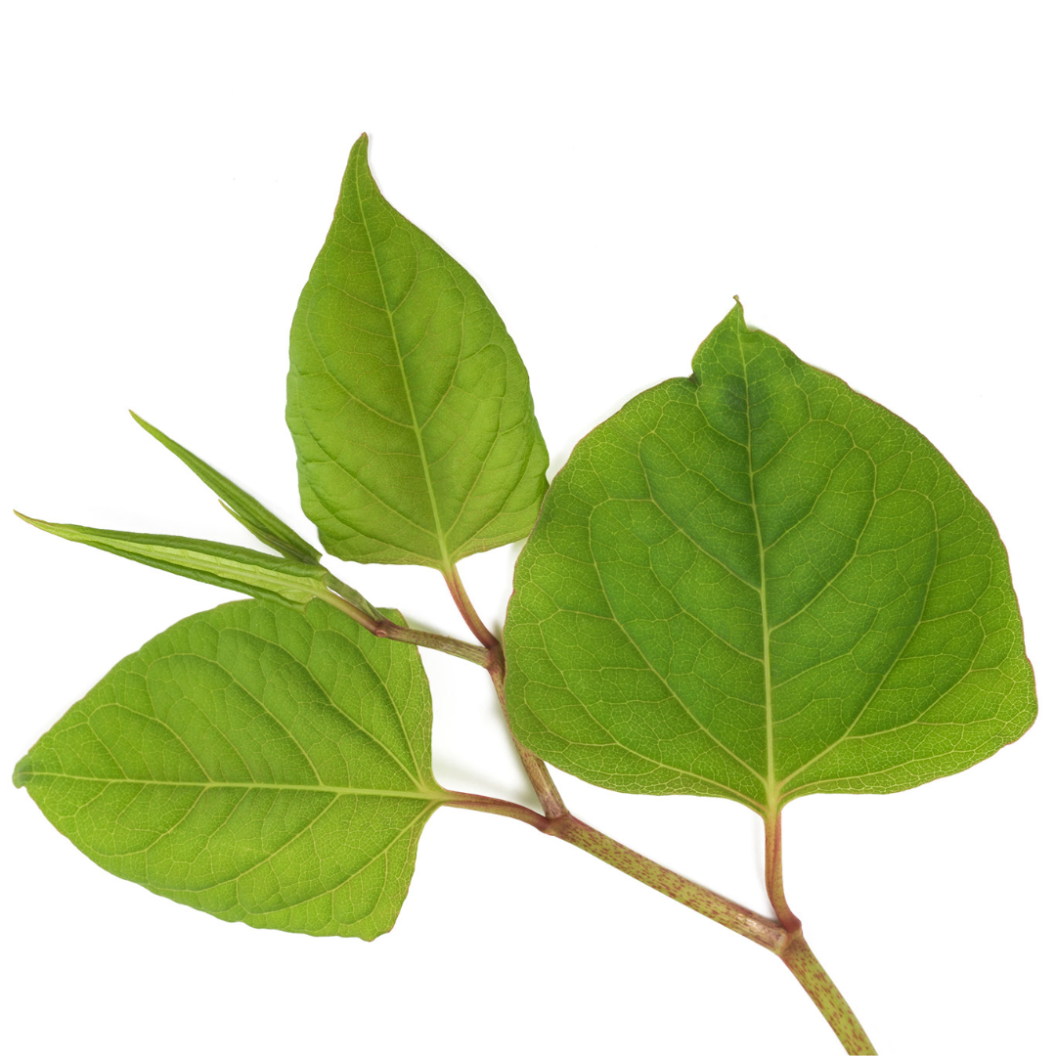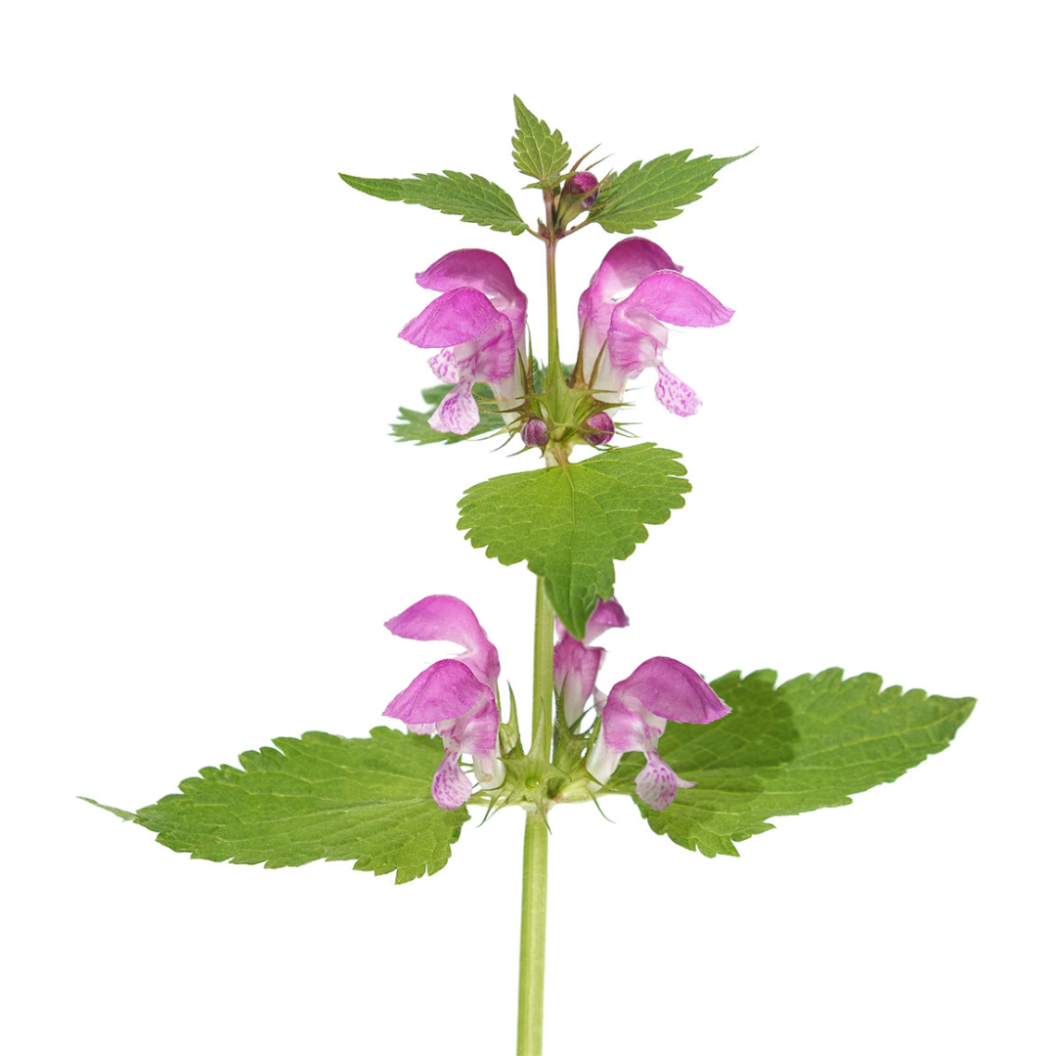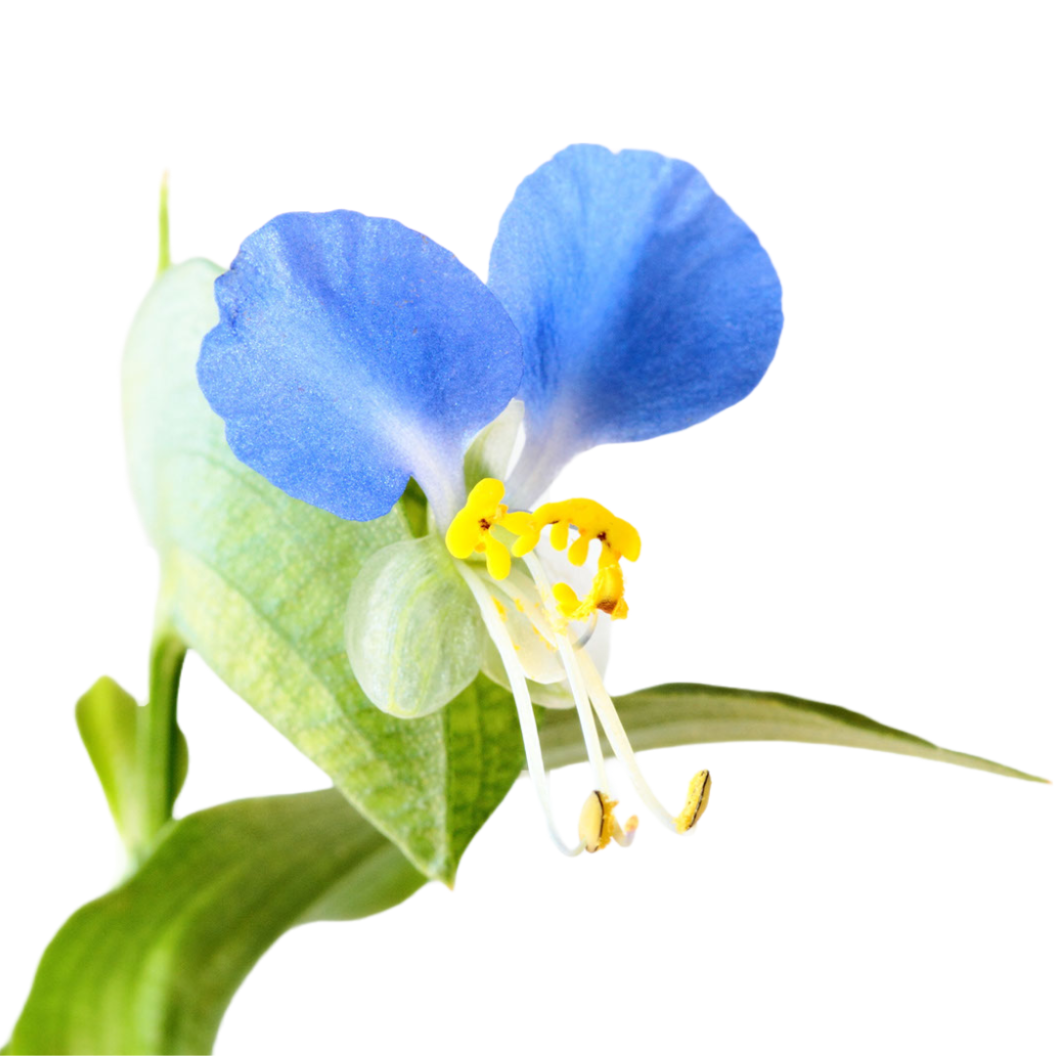What keeps it from happening?What kills it?Return to WeedsGalleryPurslaneDESCRIPTION: Purslane has small, succulent leaves that are green and slightly shiny, and sometimes tinged with a reddish hue. Purslane is often found in gardens, lawns, and other outdoor spaces, and is known for its ability to grow in a variety of conditions, including hot and dry environments. It’s ability to withstand …
Prostrate Spurge
What keeps it from happening?What kills it?Return to WeedsGalleryProstrate SpurgeDESCRIPTION: Prostrate spurge is a common weed in North America. The plant can grow up to a foot tall. It spreads quickly and easily, forming a dense mat of foliage that can quickly take over a lawn or garden bed if left unchecked. Prostrate spurge produces small pink or white flowers …
Poison Sumac
What keeps it from happening?What kills it?Return to WeedsGalleryPoison SumacDESCRIPTION: Poison sumac is one often forgotten member of the Toxicodendron genus of toxic plants found in North America. Like poison ivy and poison oak, poison sumac’s leaves, stems, and berries contain a poisonous oil that can cause a severe allergic reaction. Coming in contact with the plant can cause rash, …
Pigweed
What keeps it from happening?What kills it?Return to WeedsGalleryPigweedDESCRIPTION: Pigweed is a common name for several species of annual plants. The most common species in the United States is Amaranthus palmeri. They are extremely problematic due to their ability to spread rapidly. It is a highly competitive plant, and can grow up to 10 feet tall, producing thousands of small …
Nutsedge
What keeps it from happening?What kills it?Return to WeedsGalleryNutsedgeDESCRIPTION: The plant commonly called nutsedge is actually two different species of weeds in the genus Cyperus. The most commonly encountered species are the yellow nutsedge and the purple nutsedge. Both are considered invasive and difficult to control, as they have a complex system of underground tubers that allow them to survive …
Musk Thistle
What keeps it from happening?What kills it?Return to WeedsGalleryMusk ThistleDESCRIPTION: The musk thistle is a spiky plnat that can grow up to 6 feet tall. It has pink or purplish flowers that bloom in summer and give of a distinct, musky smell. The leaves, although prickly to the touch, are quite pretty, with a silvery-green color and intricate patterns. This …
Lambsquarters
What keeps it from happening?What kills it?Return to WeedsGalleryLambsquartersDESCRIPTION: Lambsquarters is a fast-growing annual that can grow up to 6 feet tall, with green leaves that are shaped like a goose’s foot. The leaves are often coated with a powdery substance that easily rubs off, and the stems are slightly fuzzy. It is a very hardy plant that can be …
Knotweed
What keeps it from happening?What kills it?Return to WeedsGalleryKnotweedDESCRIPTION: Knotweed is the common name given to a genus named Polygonum that includes around 130 different species that are almost all commonly referred to as knotweed or buckwheat. The most common species in the United States is the Japanese knotweed. This plant, native to East Asia, was introduced to North American …
Henbit
What keeps it from happening?What kills it?Return to WeedsGalleryHenbitDESCRIPTION: Henbit is a weed that is found in almost every part of the world. It has small, purplish-pink flowers that grow in clusters and leaves that are shaped like a heart, with serrated edges. They grow low to the ground and spread out like a mat. It often appears in the …
Dayflower
What keeps it from happening?What kills it?Return to WeedsGalleryDayflowerDESCRIPTION: With flowers that only last for one day before they wither away and are replaced by new ones, it’s no wonder they call it a dayflower. These plants, which produce blue, white, or pink flowers, are considered a weed in most agricultural settings. They grow fast and have a tendancy to …

